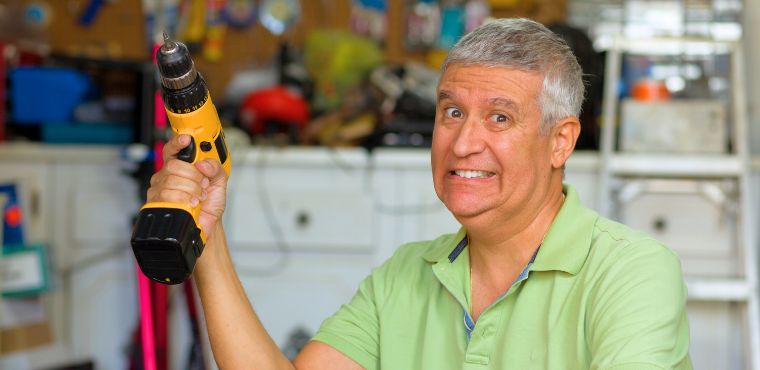There’s nothing quite like the anticipation of unboxing a new tool, especially when you’re a devoted DIYer in a rural area where self-reliance is a way of life. But excitement can quickly turn to frustration if you discover your new equipment has arrived incomplete. Not only does this delay your projects, but it also leaves you with the task of identifying and sourcing the necessary components. Here’s what to do if your new tool is missing parts without risking your safety or voiding warranties.
Identify What’s Missing
The first step is to identify what’s missing. DIYers only tend to look at the included parts list or assembly instructions if something about what’s in the box doesn’t add up. But those lists and instructions come in real handy when it is immediately obvious that you have a tool that isn’t going to work.
So pull out that list and compare it with what you received to determine which parts are absent. It’s crucial to perform this check as soon as possible after receiving your tool to ensure any warranty or return policies are still applicable.
Contact the Manufacturer or Retailer
Along with that list of parts and the booklet outlining instructions for use and safety that comes with a new tool, there should be a phone number or an address to contact the manufacturer in the event that something’s missing. When reaching out, have your tool’s model number and a detailed description of the missing parts on hand to facilitate the process.
Order Replacement Parts
If the manufacturer or retailer is unable to provide the missing parts in time for you to get your work done, you’ll need to source them yourself. Numerous online retailers specialize in replacement parts for various tool types and brands, from air compressor replacement parts to compatible batteries for cordless electric drills.
When ordering, ensure you’re getting the exact part needed for your specific tool model to avoid compatibility issues.
Avoid Using Mismatched Parts
While it might be tempting to improvise a solution to your missing parts problem and just get on with it, you must resist the temptation to do so. Using parts not designed for your tool can lead to performance issues, damage, and even safety risks. Plus, using mismatched parts may void your tool’s warranty, leaving you responsible for any subsequent repair costs.
Missing parts can be frustratingly inconvenient, especially for DIYers who rely on their own resourcefulness for agriculture, construction, and repairs. However, there are steps you can take when your new tool is missing parts. It won’t take too long to get your new tool up and running safely and effectively. And using the correct, compatible parts will save you money in repairs in the long run and extend the useful life of your new equipment.






